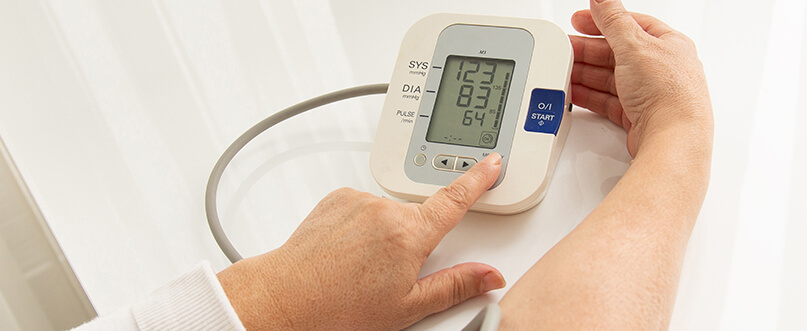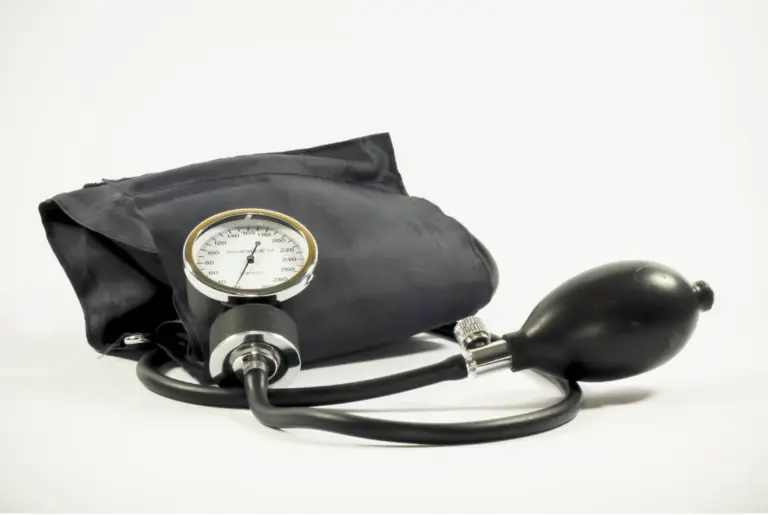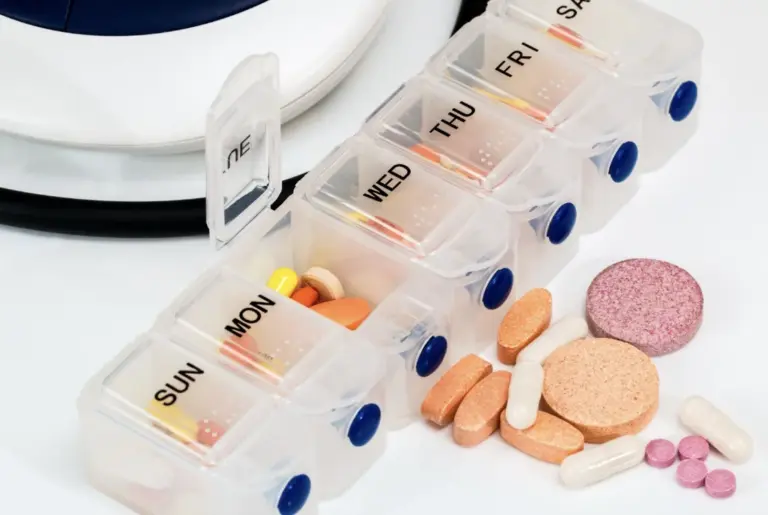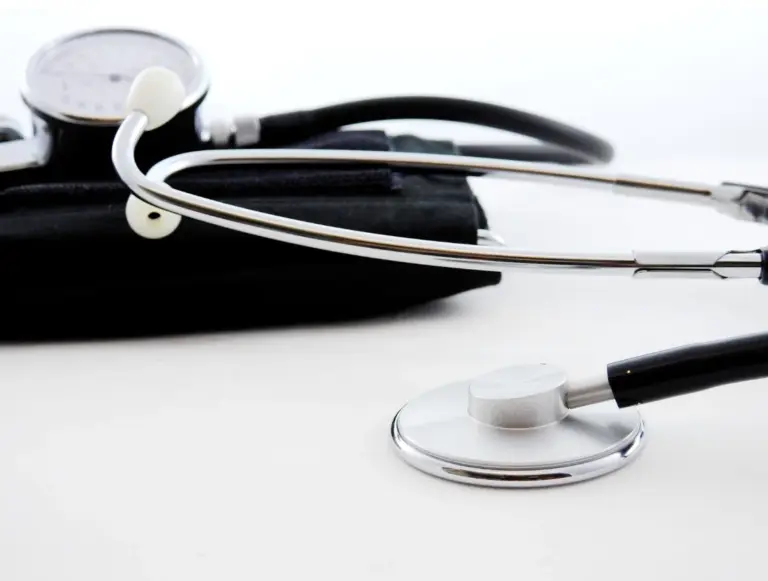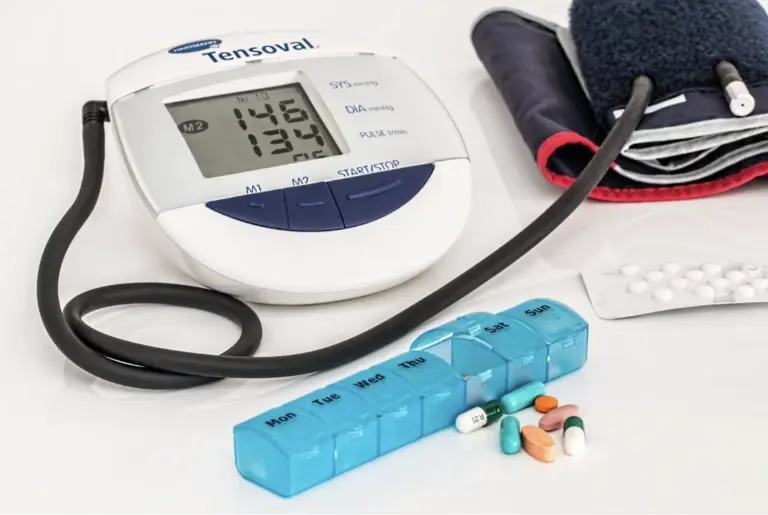When we hear about poor lifestyle causing diseases, two names that instantly crop up are diabetes & hypertension. Both these diseases are called lifestyle diseases and current research states that they have a common metabolic thread. There is a significant overlap between hypertension and diabetes in terms of the etiology as well as the mechanism of disease occurrence. Some statistics mentioned below further prove the link between hypertension and diabetes:
- A study conducted in the USA reported that people with hypertension were 2.5 times more likely to develop type 2 diabetes compared to people with normal blood pressure.
- In the USA, hypertension occurs in approximately 30% of patients with type 1 diabetes and in 50% of people with type 2 diabetes.
- A Cardiovascular Risk Factor Prevalence Study was conducted in Hong Kong which reported that only 42% of people with diabetes had normal blood pressure and only 56% of people with high blood pressure had normal glucose levels.
These statistics are strong indicators of the intricate relationship between diabetes and hypertension. Let’s delve deeper into their association.
Know Your Numbers
When your blood sugar levels are higher than the normal acceptable limit, you may have diabetes. Here’s what the blood sugar test numbers mean:
- Blood sugar levels less than 100mg/dl: Normal
- Blood sugar levels between 100-125 mg/dl: Prediabetes
- Blood sugar levels of 126 mg/dl or above: Diabetes
While a laboratory blood glucose test is diagnostic in nature, some symptoms of diabetes that may make its detection easy are:
- Excessive thirst
- Frequent urination at night
- Frequent need or urge to urinate
- Weakness
- Tiredness or fatigue
- Blurring of vision
Similarly, identifying hypertension in an individual is equally challenging. In fact, hypertension is called the ‘silent killer because it shows no symptoms in the early stages. According to the American Heart Association, here’s what blood pressure readings mean:
- Systolic below 120mm Hg and diastolic below 80mm Hg: Normal
- Systolic between 120-129 mm Hg and diastolic under 80 mm Hg: Elevated
- Systolic between 130-139 mm Hg and diastolic between 80-89 mm Hg: Hypertension stage 1
- Systolic higher than 140 mm Hg and diastolic of 90mm Hg or higher: Hypertension stage 2
- Systolic higher than 180 mm Hg and diastolic above 120 mm Hg: Hypertensive crisis
Though hypertension shows no visible symptoms in the early stages, some common symptoms to watch out for include- headache, dizziness and blurred vision. It is highly recommended that you monitor your blood pressure levels at home or during your doctor visits to detect hypertension in its early stages.
Diabetes and Hypertension: What’s the Link?
Untreated hypertension can lead to complications including coronary artery disease, stroke, peripheral vascular disease, and heart failure. It can also lead to diabetic complications such as kidney disease or eye disease and sometimes worsen them. Similarly, diabetes hardens your arteries (a condition called atherosclerosis), which increases blood pressure. If diabetes and hypertension are not treated, it can cause kidney or heart failure. So if you ever wondered “Does diabetes cause hypertension?”, well, it surely can!
One of the main reasons for the close link between diabetes and hypertension is the common causative factors that include:
- Obesity
- Stress
- Inflammation
- Insulin resistance
- Lack of physical activity
Risk Factors Of Having Diabetic Hypertension
It is not surprising to know that diabetes and hypertension have common causative factors. Here are some common risk factors that hypertension and diabetes share:
- Being overweight or obese
- Eating an unhealthy diet
- Lack of physical activity
- Poor sleep habits
- Chronic stress
- Smoking and tobacco chewing
- Alcohol consumption
- Old age
- Reduced levels of vitamin D
- Family history
Having one or more risk factors for hypertension or diabetes puts you at risk of developing the other condition too.
Having diabetes and hypertension can put you at risk of the following complications:
- Heart attack
- Stroke
- Reduced kidney function
- Eye problems and sometimes even loss of vision
- Peripheral vascular disease
Importance of Self-Monitoring
While you must take your prescribed medications and make lifestyle changes like adopting healthy eating habits, quitting habits like smoking and alcohol consumption, increasing your physical activity, and maintaining optimal weight, you must also continue to self-monitor your parameters. Using home blood sugar and blood pressure measurement devices is a good way to keep track of your number and detect any variations in them. You can also visit your doctor for routine monitoring.
Self-monitoring is a useful indicator of complications of diabetes and hypertension. It also helps you stay focused on your goal to maintain normal parameters.
Key Takeaway!
Modification of lifestyle factors and self-monitoring are vital to prevent and manage both diabetes and hypertension. Understanding the two diseases and the link between them is essential to be able to manage them both individually as well as together. If you have any concerns or queries about diabetes, hypertension or managing both conditions together, you must visit your doctor.
Disclaimer
The information contained in this article is to educate, spread awareness in relation to hypertension and other diseases to the public at large. The contents of this article are created and developed by BPinControl.in through its authors, which has necessary, authorisations, license, approvals, permits etc to allow usage of this articles on The Website. The views and opinions expressed in this article are views, opinions of the respective authors and are independently endorsed by doctors. Although great care has been taken in compiling and checking the information in this article, The Website shall not be responsible, or in any way liable for any errors, omissions or inaccuracies in this article whether arising from negligence or otherwise, or for any consequences arising therefrom. The content of this article is not a substitute for any medical advice. The Website shall not be held responsible or liable for any consequence arising out of reliance on the information provided in the article.
